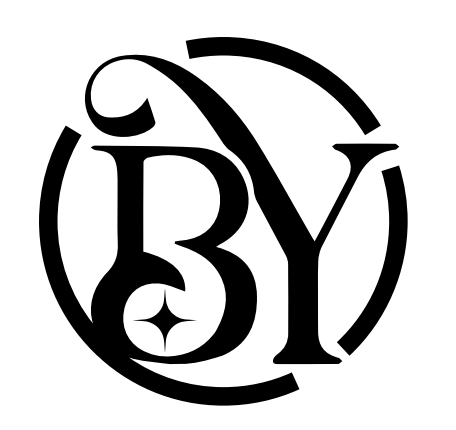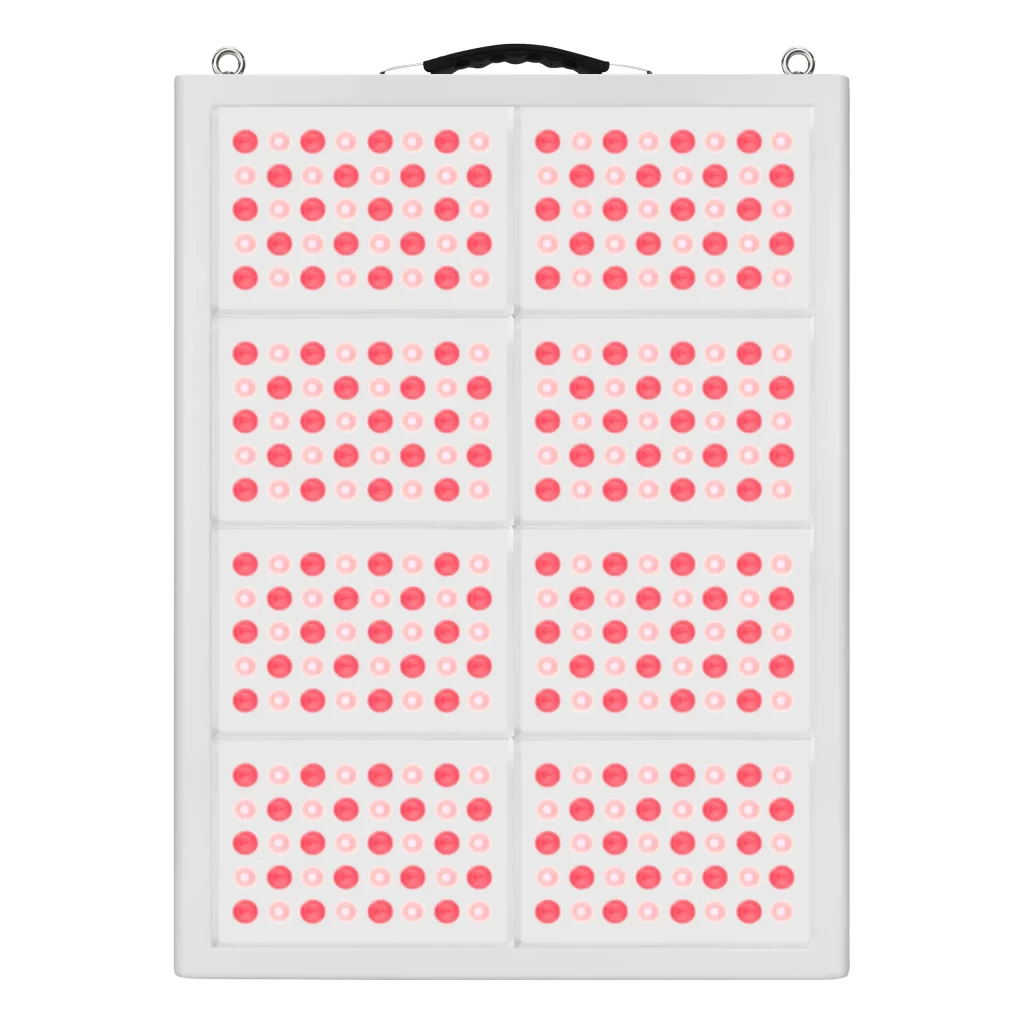Is red light therapy effective for hair loss?
How does red light therapy work? (How it works)
Red light therapy, specifically low-level laser therapy (LLLT) with a wavelength between 630 and 670 nanometers, works not through thermal effects but through photobiomodulation. When hair follicle cells absorb light energy of these specific wavelengths, a series of positive physiological reactions occur:
Stimulates hair follicle cell activity: Red light penetrates the surface of the scalp and is absorbed by the mitochondria in the hair follicles. Mitochondria, the cells’ “energy factories,” absorb light energy and more efficiently produce adenosine triphosphate (ATP), providing more energy to the hair follicles. This “awakens” the telogen follicles and encourages them to re-enter the growth phase.
Improves blood circulation: Red light stimulates the formation and dilation of capillaries, increasing blood flow around the hair follicles, delivering more oxygen and nutrients while more efficiently removing waste products.
Reduces inflammation: Areas of hair loss are often accompanied by mild inflammation. Red light has anti-inflammatory properties that can help reduce inflammation around the hair follicles, creating a healthier environment for hair growth.
Prolonging the growth phase: Through the combined effects described above, red light helps hair follicles prolong their anagen phase, resulting in thicker, healthier, and longer-lasting hair.
What types of hair loss is it effective for?
Androgenetic Alopecia (AGA):
This is the area where red light therapy has shown the most efficacy. Numerous clinical trials and meta-analyses have demonstrated that red light therapy (whether applied as a helmet or comb) can significantly improve AGA in both men and women, demonstrating increases in hair density, diameter, and overall hair volume.
It is often used as an adjunct therapy to minoxidil (topical) and finasteride (oral) to enhance their effectiveness; it can also be used for patients who are unsuitable for or unwilling to use medications.
Alopecia Areata:
Some studies suggest that red light therapy may be beneficial for AGA, primarily through its immunomodulatory and anti-inflammatory effects. However, the evidence is less robust than for AGA, and it is typically used as an adjunct treatment.
Chemotherapy-Induced Hair Loss:
Research is exploring the potential of red light therapy to prevent or mitigate chemotherapy-induced hair loss by strengthening hair follicles and accelerating their recovery. However, it is not yet standard of care.
Promoting Postoperative Wound Healing and Hair Growth: Following hair transplant surgery, the use of red light therapy can help reduce inflammation, accelerate healing, and potentially improve the survival of transplanted hair follicles.
Precautions and Limitations:
Persistence and patience are required: Red light therapy doesn’t produce immediate results. It typically requires 2-3 times weekly use for at least 4-6 months to see initial results. Hair growth is a slow process that requires consistent, long-term use.
Not effective in areas with completely dead hair follicles: If the hair follicles in the area of hair loss have completely atrophied and died (the scalp is smooth and shiny, with no visible hairs), no treatment, including red light, can “revitalize” them. It can only revitalize the remaining, but weakened, follicles.
Effects vary: Results vary depending on individual constitution, the cause of hair loss, and the severity of the hair loss.
Safety: Home red light hair growth devices are generally considered safe, with rare and mild side effects (possibly including temporary scalp dryness, itchiness, or headaches). However, be sure to select a product with reputable certification (such as the US FDA) to ensure its wavelength and energy output are within the safe and effective range.
Comprehensive treatment is key: For hair loss, the most effective approach is often a combination of treatments. Red light therapy can be combined with finasteride, minoxidil, microneedling, a nutrient-rich diet, and good lifestyle habits for optimal results.
Summary:
Red light therapy is a scientifically proven, safe, and effective method for assisting hair growth, particularly for androgenic alopecia.
If you’re in the early stages of hair loss, before your hair follicles have fully closed, red light therapy is a worthwhile option.
If your hair loss is already severe, it’s best to consult a dermatologist or trichologist for a professional diagnosis before deciding whether to incorporate red light therapy into your treatment plan.
Remember: View it as a long-term “health plan” rather than a “quick fix.” Combine it with other effective methods to maximize the improvement of your hair loss.
Post time: 08-22-25

